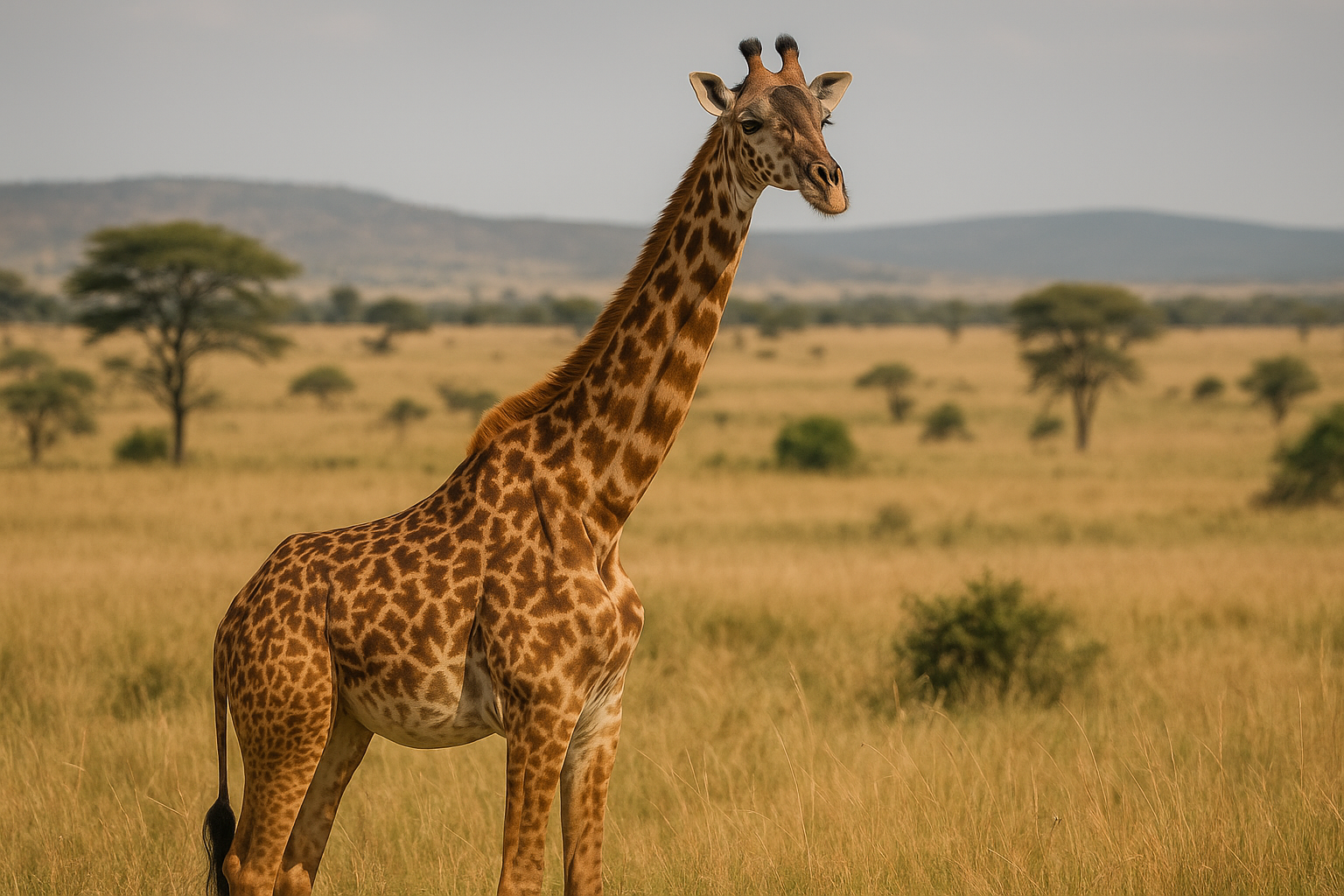Endangered species are at a very high risk of becoming extinct in the wild or extinct. In the most recent iteration of the list the IUCN identifies 5,766 species as endangered. For the IUCN to add a species to the category it must meet any of the following criteria:
Population Reduction
- A taxon’s population size is reduced by 70 percent or more over 10 years or three generations, whichever is longer, and the reduction causes are understood, reversible, and have stopped. For example, let’s pretend there is a bird species that traditionally had a population of 2000. Over 10 years, it drops to 600 because a logging company demolished its habitat. If laws are put in place that bar the logging company from continuing to fell trees in the area, then the IUCN will list it as “endangered” because the reason for the decline is understood and ceased.
- A taxon’s population size is reduced by 50 percent or more over 10 years or three generations, whichever is longer, but the reduction cause may not be understood or reversible. For example, let’s say there is a bird species that traditionally had a population size of 2000. Over 10 years, it drops to 1000. However, scientists can’t figure out why they’re dying off. In this case, the IUCN would list it as “critically endangered” because the decimation is evident, but scientists can’t figure out why.
- A taxon’s population size is reduced by 50 percent or more over 10 years or three generations, whichever is longer, and the animal is also battling habitat shrinkage or another threat.
Geographic Reduction
The area where a species can live is reduced to 5,000 square kilometers or less, or the area that the species currently and actually occupies is reduced to 500 square kilometers, and at least two of the following criteria are also true:
- The population is known to exist in only one location.
- Scientists observe or predict that the habitat will continue to shrink or be degraded, and there’s also a decline in subpopulations or the number of reproducing adults.
- Scientists observe extreme fluctuations in the number of locations, subpopulations, or the number of reproducing adults.
Dangerously Low Number of Adults
- A taxon’s population only has 2,500 or fewer adults left, and a 20 percent decline is anticipated within three years or one generation, whichever is longer. If no subpopulation of the taxon contains more than 250 adults, or 95 percent of the species’ adults live in one subpopulation, it will qualify as critically endangered
- Scientists observe extreme fluctuations in the number of mature adults in a given population.
Expected Rapid Decline
Research and studies indicate that there is a 20 percent or greater chance that the species will be extinct in the wild within 20 years or five generations, whichever is longer.








No comments:
Post a Comment